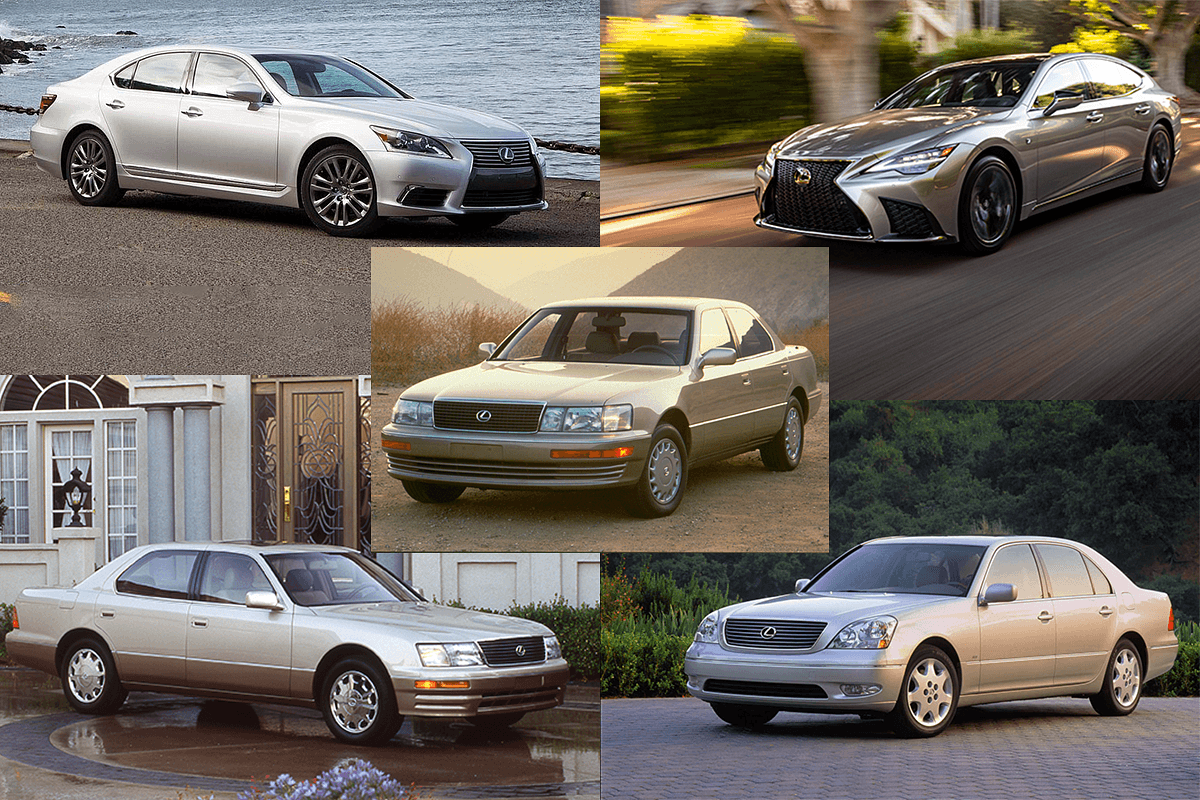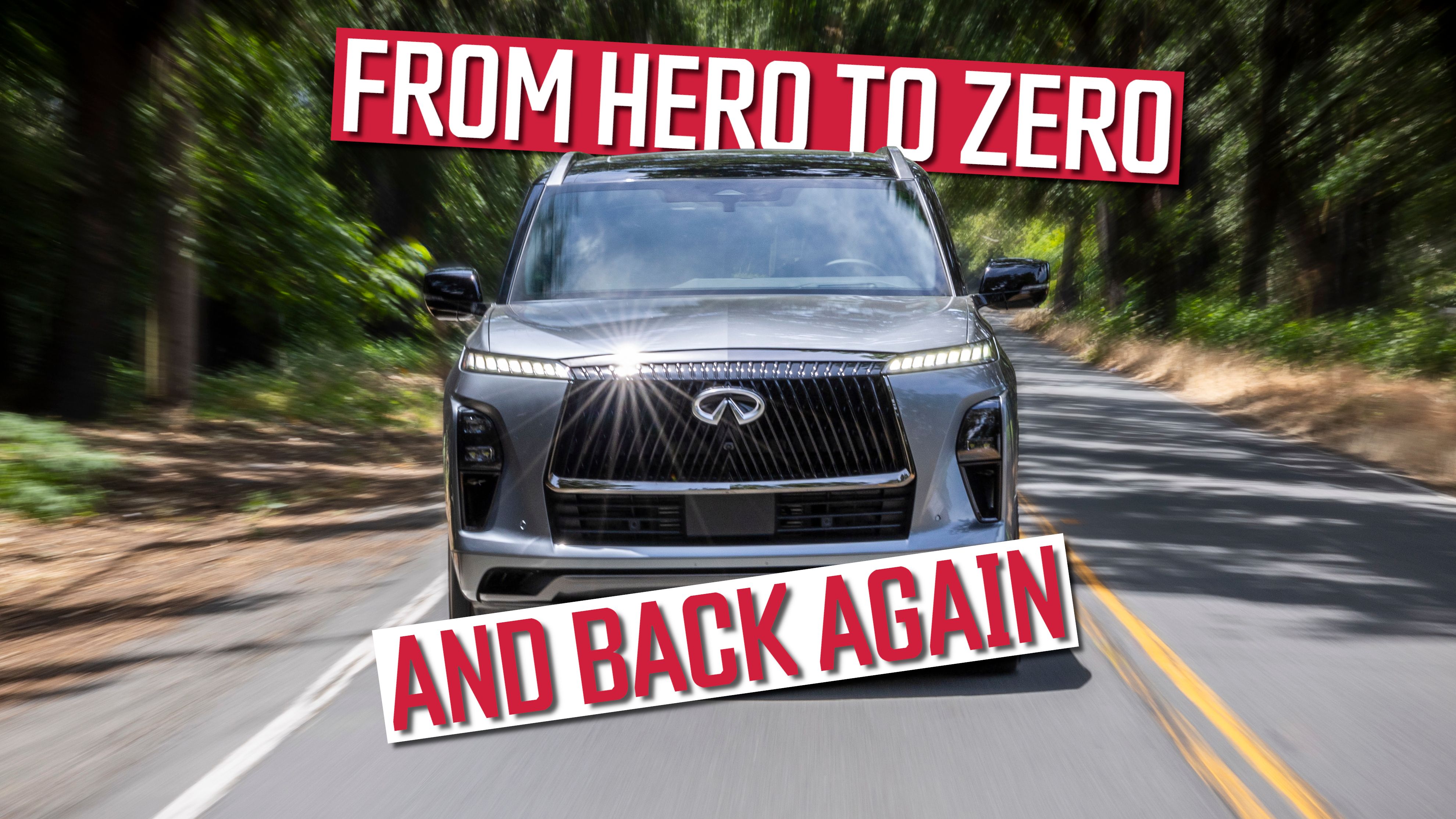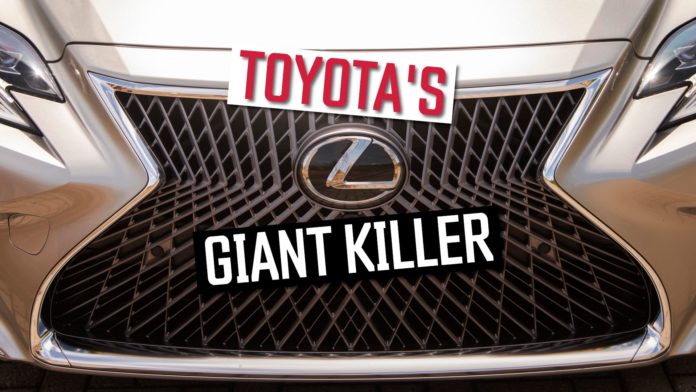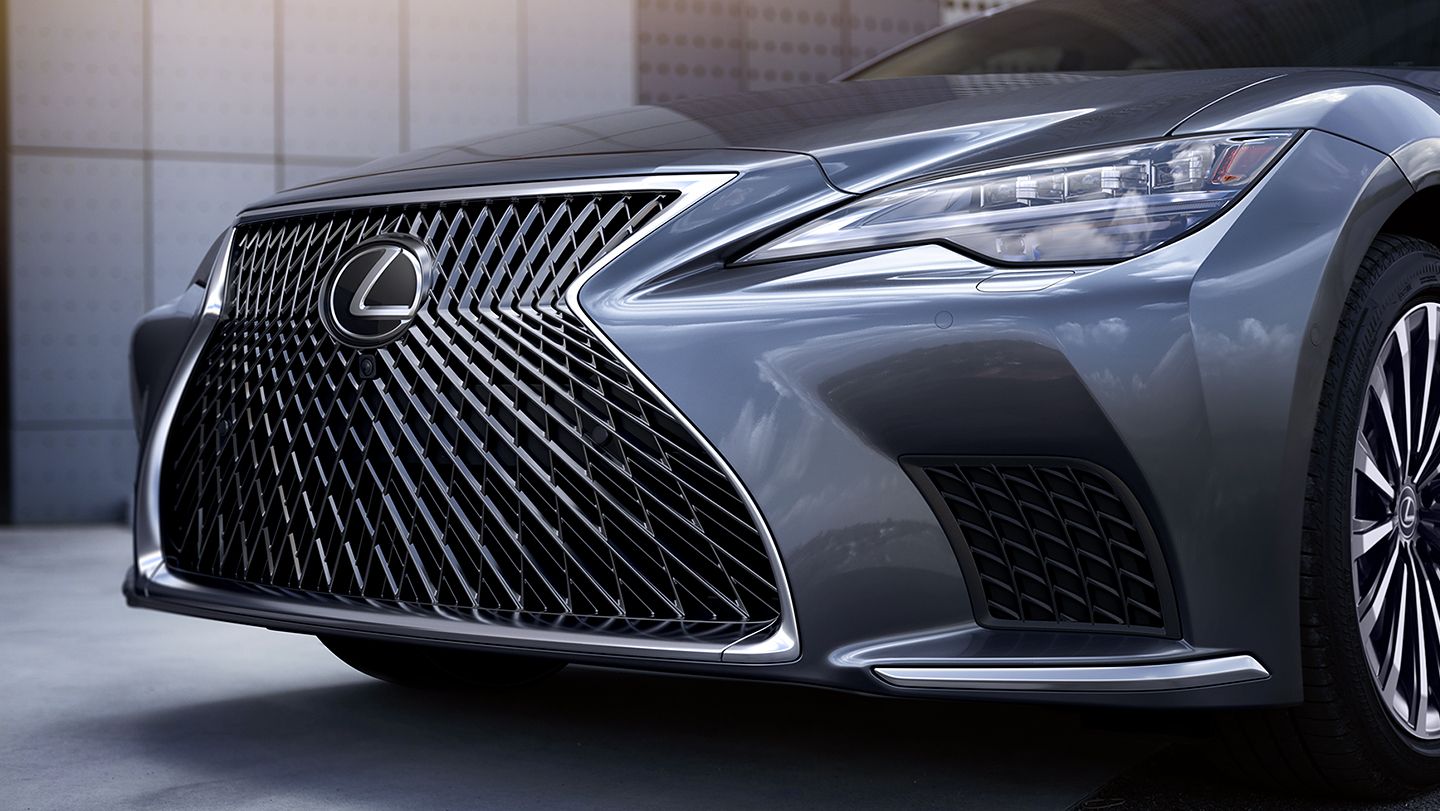On January 1, 1989, the large luxury sedan segment was looking a bit stale. The W126 Mercedes-Benz S-Class was a decade old, while the BMW 7 Series was three years into its second generation and still trying to find its feet. Audi’s A8 didn’t exist yet, and the American-made luxury segment was looking a bit bleak. The Lincoln Town Car and Mercury Grand Marquis were basically the same car, and not a very good one compared to the Europeans above.
But later that month, everything changed. Lexus had the audacity to introduce not only itself, but also its all-new luxury barge at the Detroit Motor Show. It’s like Lamborghini driving the new Temerario down the street to Ferrari’s famous factory and doing donuts in the parking lot. The Lexus LS 400 was introduced at the 1989 show as a 1990 model, which only became available in limited numbers near the end of the year. That’s why it has been (more or less) 35 years since Toyota kicked the S-Class in the teeth, punched the 7 Series in the gut, and stole the Lincoln Town Car’s lunch money.
2024 Lexus LS
- Base MSRP
- $79,335
- Engine
- 3.4L Twin-Turbo V6 Gas
- Horsepower
- 416 hp
- Fuel Economy
- 18/29 MPG
How Did Toyota Do It?
Toyota came to the realization that it couldn’t take on the aristocracy using its own name. A blacksmith can’t merely march into the King’s court and challenge him to a duel, no matter how good he is at dueling. First, Toyota needed to create a name and a coat of arms to create the illusion of being highborn. Toyota settled for Lexus, and there are two theories as to where the name came from. The first is that Toyota smashed the words “luxury” and “elegance” together. The second, better known, theory is that Lexus is an acronym for Luxury EXport US.
However, the real reason behind the name, as confirmed by the team who worked on it, is that the name has no meaning. It just sounded like a distinguished name for a car. Additionally, the car wasn’t just built for America, though that’s where it found its largest audience. As for the car’s name, Lexus took the Germanic approach. The LS stands for “luxury sedan” while the 400 referred to the 4.0-liter 1UZ-FE V8 under the hood.

Related
Ranking Every Lexus LS Generation From Worst To Best
“LS” is short for “Luxury Sedan” – has any other car lived up to its name as consistently as this one?
Toyota created Lexus using the same method Geely used to give new life to Volvo and Lotus. It wrote a blank check and told its engineers to build the best car in the world. It cost more than $1 billion to develop, and more than 2,300 of the finest engineers were involved. Though the Germans said they weren’t particularly bothered about a fancy Toyota, they made a great deal of noise when Lexus supposedly “dumped” a great number of LS units in the USA at a price far lower than their cars cost. But that’s just how it works in a free-market economy. You put out a better product that the competition at a better price, you sell more cars. And that’s exactly what Lexus did. By the end of 1990, Lexus outsold them all.
Another Brand Tried The Same Tactic
Did you know that Infiniti also made its grand debut at the same motor show? Yup, the LS 400 gets all the love, but the 1989 Q45 made its debut at the same show. If anything, its debut was even more spectacular because it hit the American market with two models. The first was the Q45 mentioned above. It was a direct rival to the Lexus LS 400. The second model was the M30, a two-door coupe. So, who won the sales war? Lexus sold 63,594 LS units in 1990, while Infiniti sold 17,382 of its two models combined. Lexus would go on to outsell its main rival for more than a decade.

Related
Everyone Wrote Them Off But Infiniti Is Making A Glorious Comeback
Is Infiniti finally ready to return to its glory days?
In our opinion, there are four reasons why:
- Toyota was already an established luxury brand.
- Lexus built brand loyalty within a year.
- The LS 400 was unlike anything else out there.
- The LS 400 stood the test of time.
Toyota had already proved that it could build a luxury car. Up until the LS’s introduction in the USA, Toyota’s halo model in that space was the Cressida. Toyota went as far as changing the Cressida’s entire dashboard for the US market, perhaps in preparation for the LS’s arrival. In short, US customers already associated Toyota with luxury, albeit in a small niche segment.
The second reason why Lexus worked was nearly its downfall. Despite driving millions of miles during development, Lexus only discovered the LS’ rear taillights were prone to overheating after it went on sale. Nothing kills a car’s reputation quite like fire, but Lexus turned that sinking ship around. Despite having sold more than 8,000 units in the USA, Lexus sent a representative to each customer’s home to go pick up their LS, fix it, and bring it back. To not inconvenience said customers, they were given a loaner, free of charge. That’s how you build loyalty.
Infiniti’s big problem was that it built models on existing platforms, while the LS 400 was made from scratch. The latter felt special because it was special. The steering wheel wasn’t borrowed from a Camry and wrapped in expensive leather. It was unique to the LS. Finally, the LS 400 lasted. Take a quick look at your favorite used car websites and see how many LS 400s are still up and running thanks to the UZ-FE V8. We know for a fact that it can do a million miles with ease, and one of our senior road testers once made a case for it being the last car you’ll ever need.
Lexus Is Still Doing It
At the beginning of this article, we mentioned that the A8 hadn’t existed yet. That is not entirely true. A year before the LS’s introduction, Audi introduced the Audi V8, which was its first mass-produced V8-powered sedan, and also an S-Class rival. The A8 succeeded it a couple of years later, but since then, the A8 has always been a bit of an also ran – like somebody who came fourth in the Olympics.
The LS forced the Germans to drastically up their game, and the S-Class and 7 Series that followed were arguably the best generations ever. The W140 is, in many opinions, the finest S-Class ever made, back when Mercedes still understood that luxury was about more than just pasting a touchscreen to every available surface. It was also properly built, and had far fewer problems than the W220 that was produced during that infamous period where Mercedes decided to save some money on production costs.
The same goes for the stunning E38 7 Series, which we regard as the finest 7 ever made. Was it all because of the LS? Probably not entirely, but we’re sure the Germans were looking nervously at images of the LS while they were trying to come up with ideas on how to beat Japan.

Related
Lexus LS Generations: Everything You Need To Know In One Place
The cultured Lexus LS has provided buyers with a refined and reliable luxury alternative to the traditional full-size sedans for more than 30 years.
The LS is now in its fifth generation and every model since the LS 400 has followed the same recipe, even though the engine size has now shrunk by two cylinders. The LS has remained uniquely Japanese. It follows the Japanese definition of luxury, which is currently the best in the business, followed closely by the South Koreans. Sure, the modern LS also has screens, but they don’t dominate the experience. They simply exist because that’s how modern customers interact with cars. Far more interior space is left over for high-end inserts, quality leather, and real metal.
And let’s not forget about the price. A top-spec non-hybrid LS 500 F Sport, which isn’t sporty at all, retails for just shy of $85,000. A base BMW 740i costs around $98k, and you have to pay extra for a nice color and the best leather seats. Lexus includes these things as standard. The S-Class is almost $120,000 before options.
The current LS is not as successful as the first model. Last year Lexus only shifted 2,237 units, while Mercedes shifted 11,087 S-Class models. BMW sold 10,810 units of the controversial 7. The fifth-gen LS has been around since 2018, however, and although it was updated for 2024, it’s in need of a proper refresh.
Will There Be Another LS?
Lexus has introduced more SUVs and crossovers than sedans these last few years, but it still appears to be committed to the traditional body styles. Still, there are no rumors of a next-generation LS, though previous generations have had long shelf lives. We can neither confirm nor deny that a new LS is in the pipeline, but what we do know is that the current model is still competitive despite its age, if only because Lexus understands the concept of luxury so much better than its main rivals, even after 35 years.


